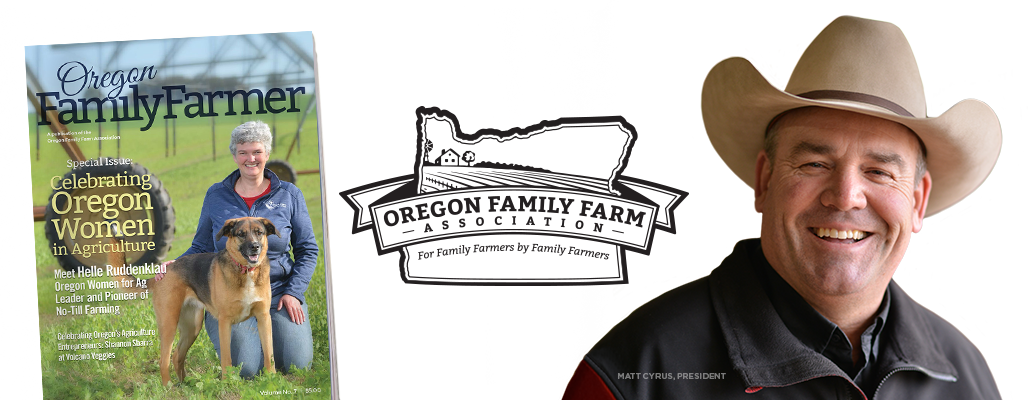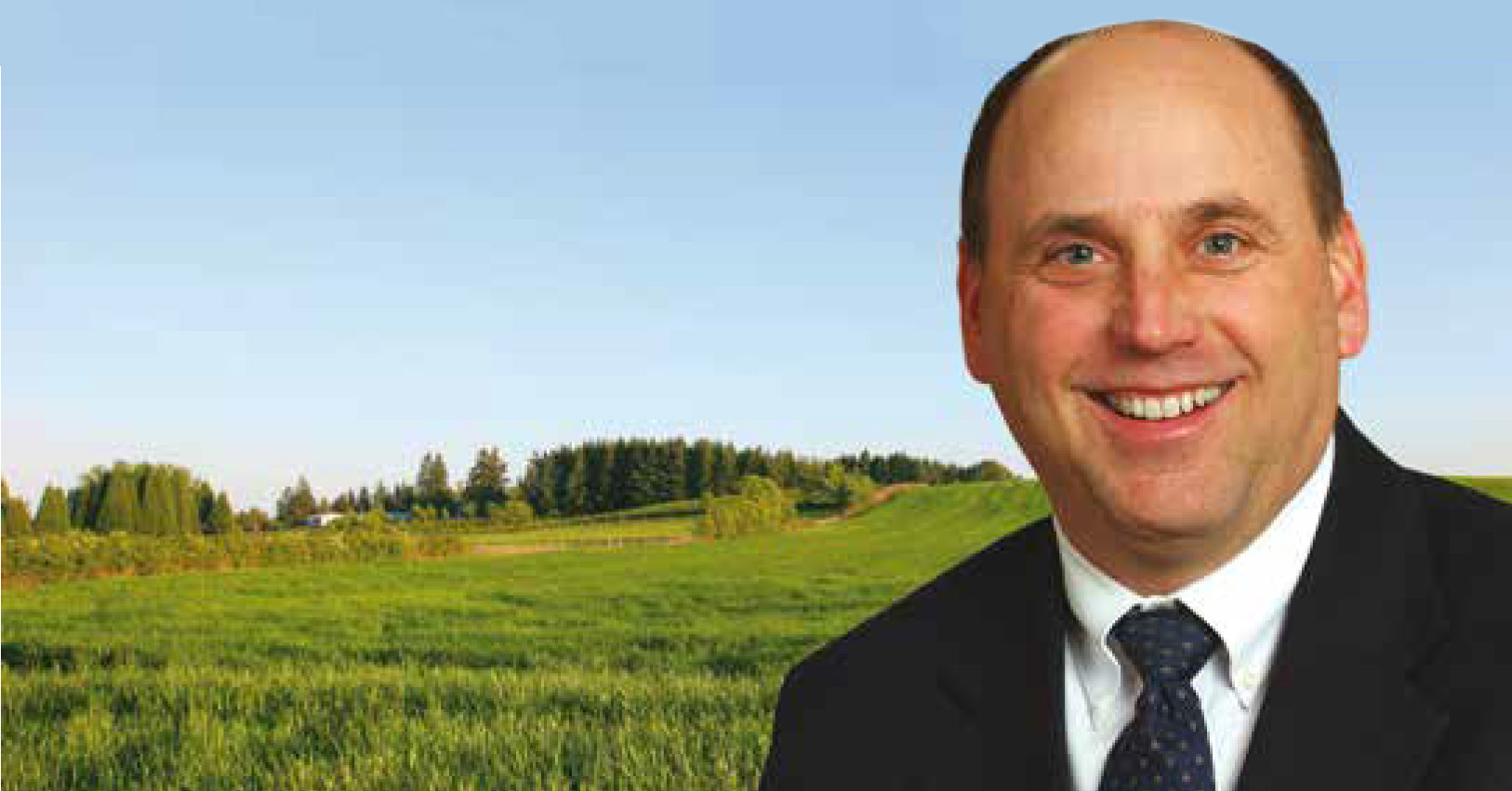BY KURT HEATH
Driving between Portland and Eugene, one can’t help but notice Oregon’s wide-open beauty. On either side of I-5, farmland blankets the Willamette Valley in a quilt of green and gold patches stretching for miles in either direction. Former state senator Roger Beyer knows this land well. As executive director of the Oregon Seed Council, Beyer is tasked with making sure Oregon’s grass seed industry, most of which centers in the Willamette Valley, continues to thrive.
A family farmer and former state lawmaker who served in Oregon’s House and Senate, Beyer joined the Oregon Seed Council in 2008 to ensure seed famers are well represented in Salem. He successfully guided the council through the Great Recession of 2008, during which Oregon’s grass seed industry shrunk nearly 40 percent. Now that economic conditions have improved, roughly 85 percent of the pre-recession market is back. According to Beyer, that’s a remarkable recovery and may represent the fullest recovery possible under current market and regulatory conditions. He notes that Oregon grass seed farmers have done a good job of diversifying with blueberries, hazelnuts and other crops to supplement their production.
Though grass seed may never reach pre-recession production levels, it remains far and away the Willamette Valley’s number one crop in acreage and one of the top crops in the state. Roughly 1,300 farmers, employing 10,000 workers fuel Oregon’s $450 million grass seed industry. Of the 222 crops grown in the Willamette Valley, nearly 50 percent of all surrounding farmland is devoted solely to grass seed production and shipped to domestic and international markets.
What makes grass seed such a popular crop for Oregon growers?
“The climate in the Willamette Valley is perfect,” says Beyer. “Cool, wet winters and dry summers provide the best climate for the crop to flourish. We also have world-class infrastructure. Our seed companies, seed cleaners, and the laws that govern producers are all excellent.”
Beyer is quick to point out the many direct and indirect benefits of grass seed production—especially for an environmentally conscious state like Oregon. A 25 square foot patch of grass, for example, provides enough oxygen to sustain one person for a full year. Importantly, Oregon’s 400,000 acres of grass seed, 350,000 of which are in the Willamette Valley, prevent soil erosion and harmful nitrates from entering and compromising waterways, as well as counteracts global warming through grass seed’s ability to capture and retain carbon.
“Grass is one of the best natural healers of the environment. The crop not only provides economic opportunity for thousands of workers, it protects our cherished environment and preserves the wide open green spaces that Oregonians love.”



